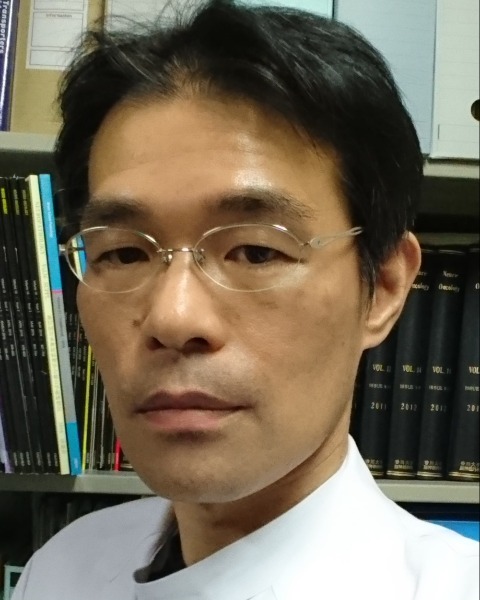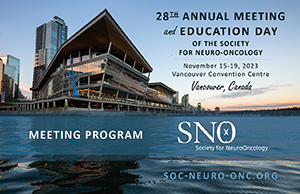
Keisuke Miyake
Kagawa University
Kagawa, Kagawa, Japan
Dr. Keisuke Miyake received his Medical Doctor degree from Kagawa Medical School at Kagawa (1993) and Doctor of Philosophy in Medicine from Kagawa Medical School at Kagawa (1997). After a Neurological Surgery Residency at Kagawa Medical School, Kagawa, he joined the research fellowship of Dr. Susan Bates and Dr. Tito Fojo at Medicine branch, National Cancer Institute, National Institute of Health (1997 – 2000). In their laboratory, he studied the mechanism of multiple drug resistance for anti-cancer drugs. He found the G group of ATP-Binding Cassette 2 (ABCG2; MXR/BCRP/ABCP) gene from S1M1-80 (colon cancer cell resistant to Mitoxantrone). After a Research fellowship at NCI, NIH, he joined the staff at the Faculty of Medicine, Kagawa University and received Board certification of Japanese Neurological Society (2002). Now he is a professor of Neurological Surgery at the Faculty of Medicine, Kagawa University from april 2021. In his laboratory, he is doing two projects. It is the first project that he clarifies the mechanism of drug resistance against anti-cancer drugs for glioma and the mechanism of blood-brain barrier related to drug resistance. The second project clarifies that Positron Emission Tomography (PET) is useful for the diagnosis of Brain tumors, treatment planning and evaluation of prognosis. Especially, it is important to evaluate four PET tracers (FDG, Methionine, FLT, and FMISO) for these. To evaluate recurrent glioma is also usefulness with intraoperative MRI and these PET tracers. However, it is difficult to evaluate the effectiveness of bevacizumab therapy with the only morphological image such as MRI. Also, we could not understand the real glioma region after bevacizumab therapy using the intraoperative MRI and 5-aminolevulinic acid. I emphasize that MET and FMISO is a useful biomarker for predicting in gliomas after bevacizumab therapy.

